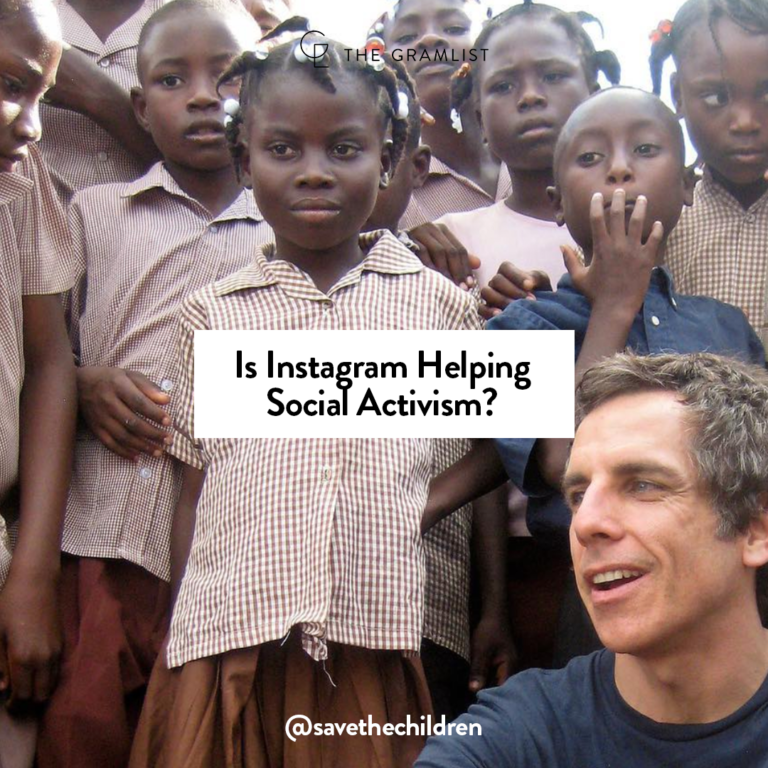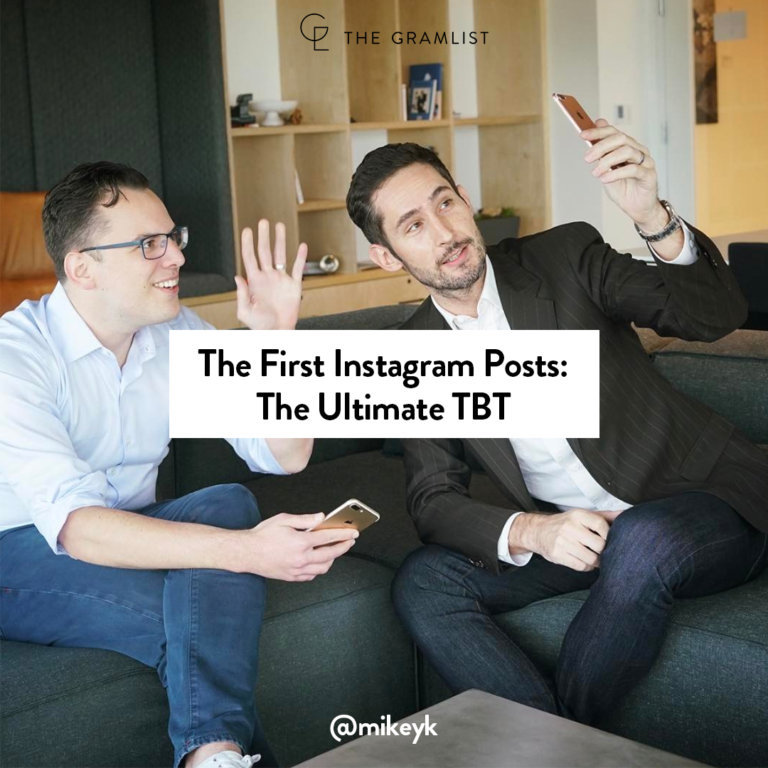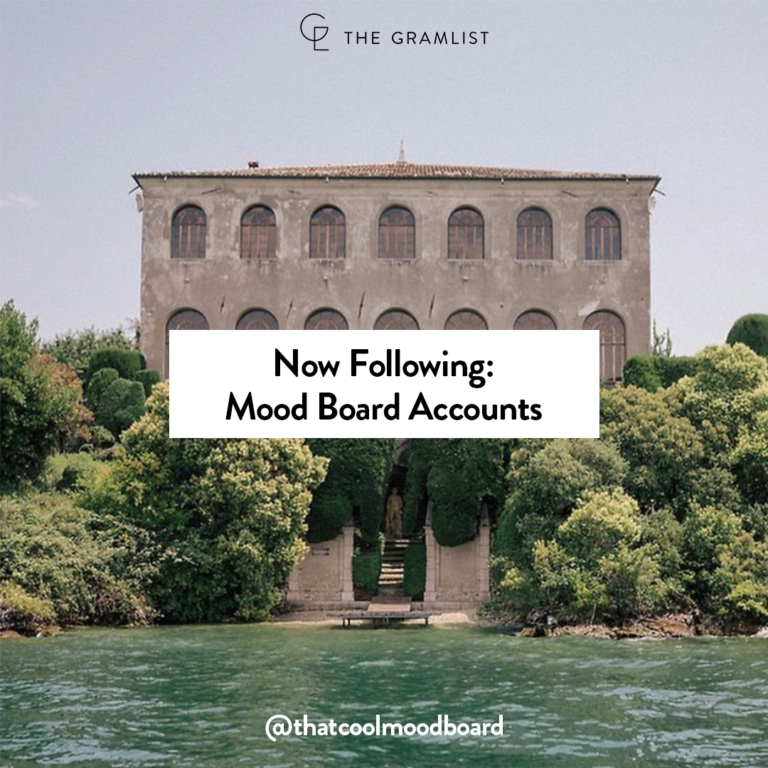
As if you needed another email about “The Great American Eclipse” today, but we too need to play our part. With everything going on in the world, having a reason to safely gaze to the heavens and realize that there is more going on out there is definitely a moment to embrace. Even if it is just for ~three minutes.
It’s been 38 years since the last total solar eclipse cut a contiguous swath across the US skies on February 26th, 1979. Today, the eclipse can be seen in full on the path of totality cutting through 14 states as it stretches from Lincoln Beach, Oregon to Charleston, South Carolina.
No worries for viewers not on the official path, the partial eclipse is visible in all of North America, and even in some parts of South America, Europe and Africa. Even more available and eye catching? Top performing posts from NASA’s Astronomy Picture of the Day feed. The APOD account links to professional astronomer explanations of featured extraterrestrial phenomena on the daily.
Grab your protective eyewear (if you can still find some, read: Warby Parker ran out of free pairs) and hop on a roof, or if you can’t duck out of the office, check out NASA’s eclipse live stream here. Scroll on to journey through the cosmos✨.
📊 Followers: 240,088
❤️ Average Likes Per Post: 6,381
✅ Engagement Rate: 2.67%
#solareclipse #newmoon #greatamericanesolarclipse #blindedbythelight #totalsolareclipse
📈 Overperformance: 1.3X | ❤ Likes: 4,465 +1.1K
📈 Overperformance: 1.5X | ❤ Likes: 8,748 +2.9K
📈 Overperformance: 1.6X | ❤ Likes: 9,059 +3.2K
📈 Overperformance: 1.4X | ❤ Likes: 8,229 +2.4K
📈 Overperformance: 1.8X | ❤ Likes: 10,234 +4.4K



